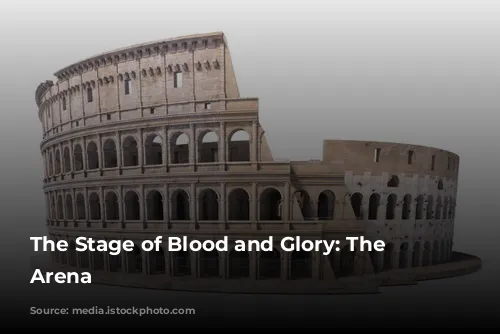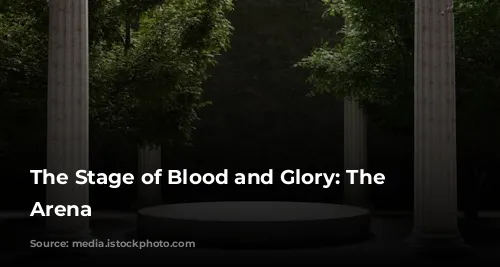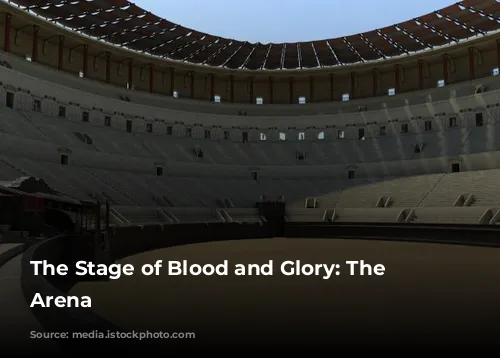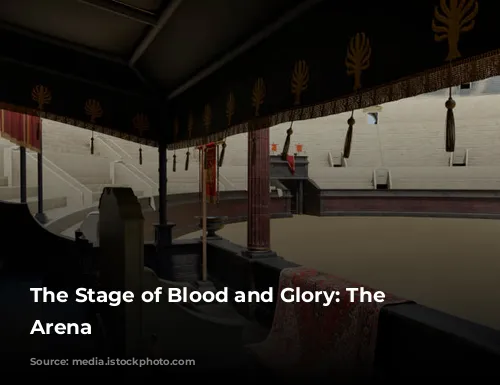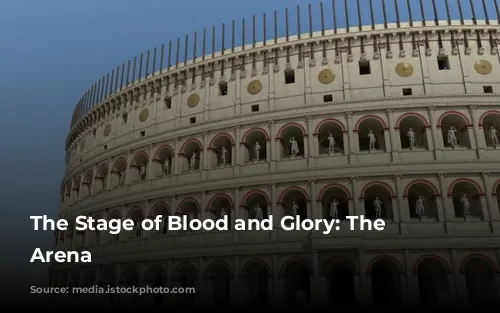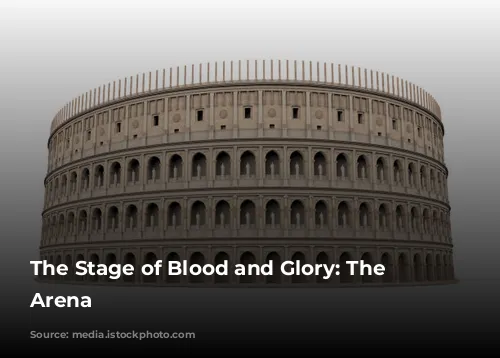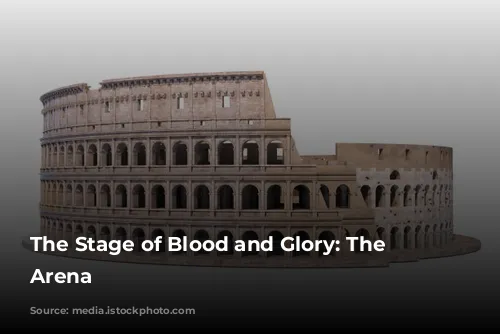The Colosseum stands as a monument to Rome’s grandeur and its love of spectacle. At its heart lies the arena, the stage where gladiators and wild beasts clashed in a brutal dance of life and death. This wasn’t just any stage, though. The original arena was a massive wooden platform, spanning 83 meters in length and 48 meters in width. It was an oval shape, designed to keep the action flowing and offer every spectator an uninterrupted view of the carnage. It’s no surprise that modern arenas, from football stadiums to concert halls, owe their existence to this ancient masterpiece.
Today, visitors can step onto a reconstructed portion of the arena, feeling the ghosts of gladiators beneath their feet. They can imagine the roar of the crowd as they gazed down upon the deadly spectacle. The arena floor is a window into the past, offering a tangible connection to a bygone era of blood and entertainment.
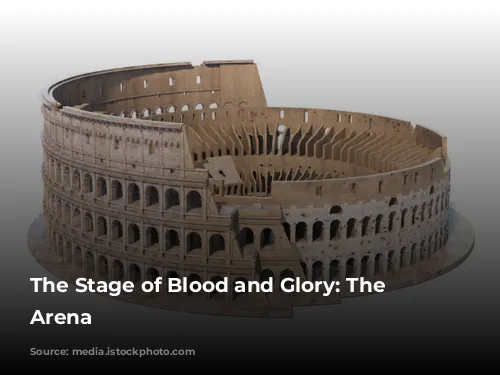
The Arena’s Secrets: Below the Surface
The arena wasn’t just a flat surface; it hid a complex network of secrets beneath its wooden floor. Around the year 90 AD, Emperor Domitian, brother of Titus who inaugurated the Colosseum, ordered the construction of a hypogeum, an underground chamber. This ingenious creation was filled with ramps, pulleys, and cages, ready to unleash a spectacular array of special effects.
Imagine the crowd’s amazement as wild animals were hoisted into the arena, or hidden trapdoors suddenly opened, revealing a terrifying beast ready to attack. The hypogeum was the “backstage” of the games, a place where the illusion of spectacle was meticulously crafted. Visitors can still see the network of corridors and cages that made these incredible feats possible.
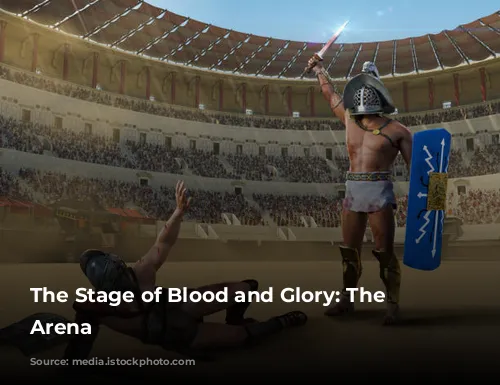
The Sand of the Arena: More Than Just a Surface
The arena was covered in sand, a seemingly simple choice with a surprising range of practical purposes. The sand soaked up the blood, sweat, and vomit of the gladiators and animals, reducing the stench in the sweltering Roman sun. It also provided crucial traction for the fighters, giving them a solid footing as they battled for their lives.
The oval shape of the arena was also crucial, ensuring constant movement and keeping the audience on the edge of their seats. The landscape of the arena could be transformed in an instant, with scenery and props used to create breathtaking illusions. Jungle scenes, complete with trees and bushes, could be conjured up for animal hunts, while trapdoors concealed the entrance of these fearsome creatures.
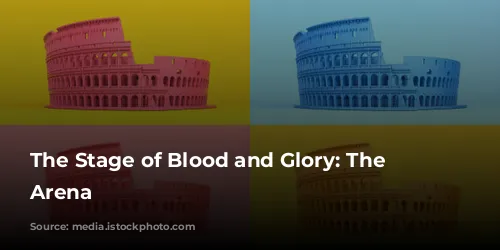
The Colosseum’s Transformation: From Blood to Faith
After centuries of gladiatorial combat, the Colosseum’s purpose changed drastically. In the 14th century, medieval Rome resurrected the animal hunts of ancient times, using the arena for bullfights. Later, the arena was embraced by Christianity, becoming a place of religious devotion. A giant wooden cross was erected in the center, and fifteen tabernacles were set up for the stations of the cross, transforming the stage of bloodshed into a place of faith.
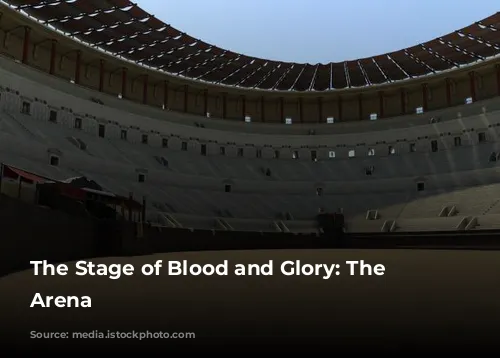
Unveiling the Colosseum’s Mysteries
The original arena, constructed of wood, has long since disappeared, leaving only a ghostly echo of its former glory. The underground beneath the arena is filled with debris, a silent testament to the passage of time. But even in its ruin, the Colosseum whispers secrets to those who listen.
The “Passage of Commodus” – an underground passage connecting the arena to the Palatine Hill – offers a glimpse into the privileged world of the emperor. It served as a private entrance and exit, allowing him to escape the clamor of the crowd or make a grand entrance.
The presence of a cross in the Colosseum raises questions about the site’s role in the martyrdom of Christians. While there’s no concrete evidence, the belief that Christians were martyred on this ground preserved the Colosseum from complete destruction.
The exclusion of women from the arena is a stark reminder of the gender inequality in Roman society. Women fought in the games under specific emperors, but by the second century AD, they were banned from the bloody spectacle.
The Colosseum, even in its ruined state, continues to captivate and inspire. It’s a monument to Rome’s grandeur and its appetite for spectacle, a reminder of the brutality and the artistry of a lost civilization. And as we stand on the edge of the reconstructed arena, we can’t help but marvel at the sheer scale and grandeur of this ancient wonder.



